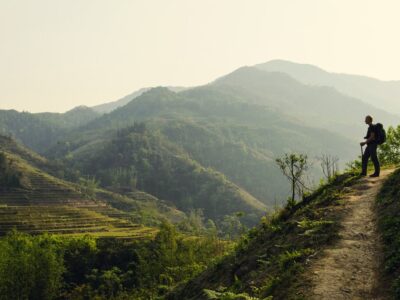
Ten to 12 days is a great length for a Vietnam trip, with stops in Ho Chi Minh City, Hoi An, Hanoi, Ha Long Bay, and Pu Luong Nature Reserve. With more time, you can enjoy extra activities at each stop or a few days in another region, like Hue, Ninh Binh, and Can Tho. See more ideas for Ho Chi Minh City, Hoi An, Hanoi, Ha Long Bay, and Pu Luong Nature Reserve itineraries below.

March offers sublime weather, with mostly bright sunny days the entire length of the country. There’s no better month for active adventures, especially trekking, with Goldilocks temperatures and little rain. For that reason this is still the spring peak travel season, but with the advantage of fewer visitors than February, and lower airfare costs.
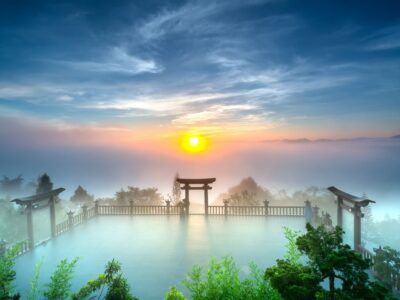
Both north and south Vietnam offer optimum dry and sunny conditions, although much of the north is now becoming quite cool. In Central Vietnam, the monsoon rains are coming to an end, with plenty of sun in the mix—perfect for beach lovers. And, yes, even Christmas is celebrated! There’s nothing much not to like about Vietnam in December, except that both the numbers of visitors and prices soar.
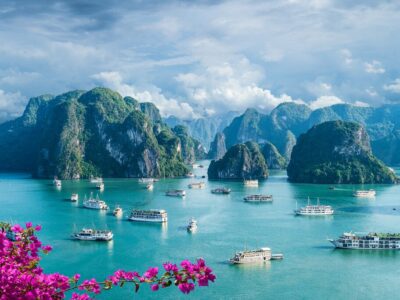
Travelers to Vietnam typically plan a trip for nine to 10 days when combining Hanoi and Ha Long Bay with other stops like Ho Chi Minh City, Hoi An, and Hue. For travelers wanting to visit Hanoi and Ha Long Bay exclusively, plan five to six days for a well-paced trip. A fast-paced highlights trip is possible in four days for travelers with limited time. Read on for the best itineraries, including Hanoi, Ha Long Bay, and beyond.
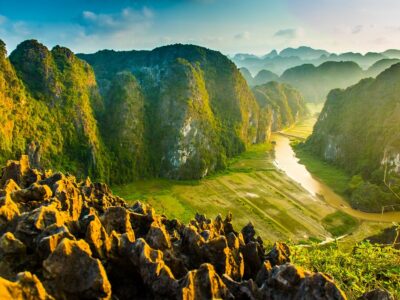
When plotting your grand adventure in Vietnam, try to visit both the north and south, as this country packs a lot into a relatively small size. It's possible to see both regions in just a few days, but the longer you have, the more excursions you can take, like boat tours, mountain hikes, and visits to ethnic villages. And if time isn't an issue, add in trips to the central coast, northern bays, scenic river deltas, and more.
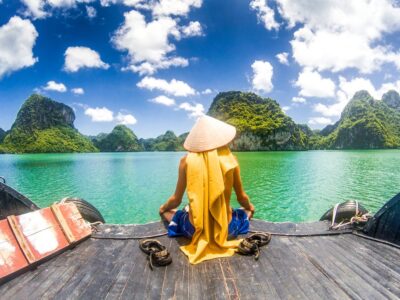
Central Vietnam is still at its rainiest. But this is one of the best times to visit north or south Vietnam, which now bask in sunshine—perfect for beach vacations and active adventures. The high season is now in full gear with good reason: the north and south are enjoying some of the best conditions of the year.
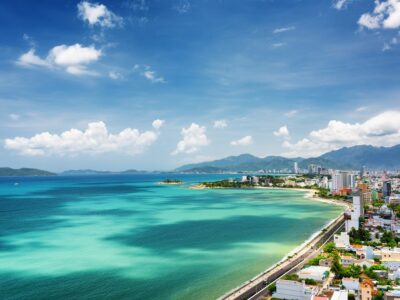
July mirrors June and is a mixed bag weather-wise. Both north and south Vietnam are in the midst of the monsoon wet seasons, while the coastal lowland and offshore islands of Central Vietnam still bask in rain-shadow sunshine, and its beaches are the country’s main draw in July. International visitors are relatively few, but Vietnamese families are traveling en-masse.
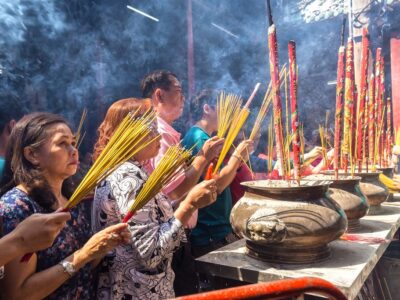
Overall the wettest month of the year, as Central Vietnam’s autumnal monsoon season begins while north and south Vietnam are approaching the tail-end of their summer monsoon season. As rains lighten in the north, mountain trekking is once again possible. And there are still plenty of sunny days in the mix nationwide, while this is one of the cheapest months for travel.
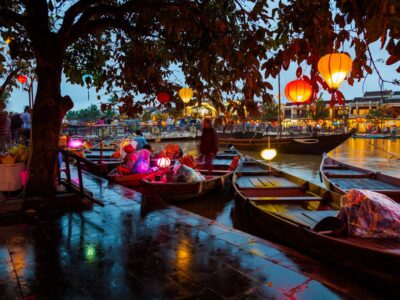
Most people visiting Hoi An, Hanoi, Hue, Ninh Binh, and Ha Long Bay spend about 14 to 15 days in Vietnam, which usually includes some time in Ho Chi Minh City, Can Tho, Ba Thuoc District, Mai Chau, or Pu Luong Nature Reserve as well. For travelers wanting to visit Hoi An, Hanoi, Hue, Ninh Binh, and Ha Long Bay exclusively, plan 11 to 12 days for a well-paced trip. A fast-paced highlights trip is possible in nine or 10 days for travelers with limited time. Read on for the best itineraries.
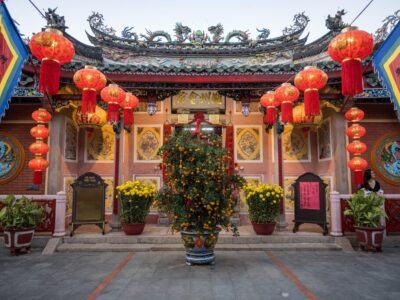
Travelers to Vietnam typically plan a trip for nine to 10 days when combining Hoi An, Hanoi, and Ha Long Bay with other locations like Ho Chi Minh City and Hue. For travelers wanting to visit Hoi An, Hanoi, and Ha Long Bay exclusively, plan a week to eight days for a well-paced trip. Even travelers with limited time can see the highlights in as few as four to six days. Read on for the best itineraries, including Hoi An, Hanoi, Ha Long Bay, and beyond.
